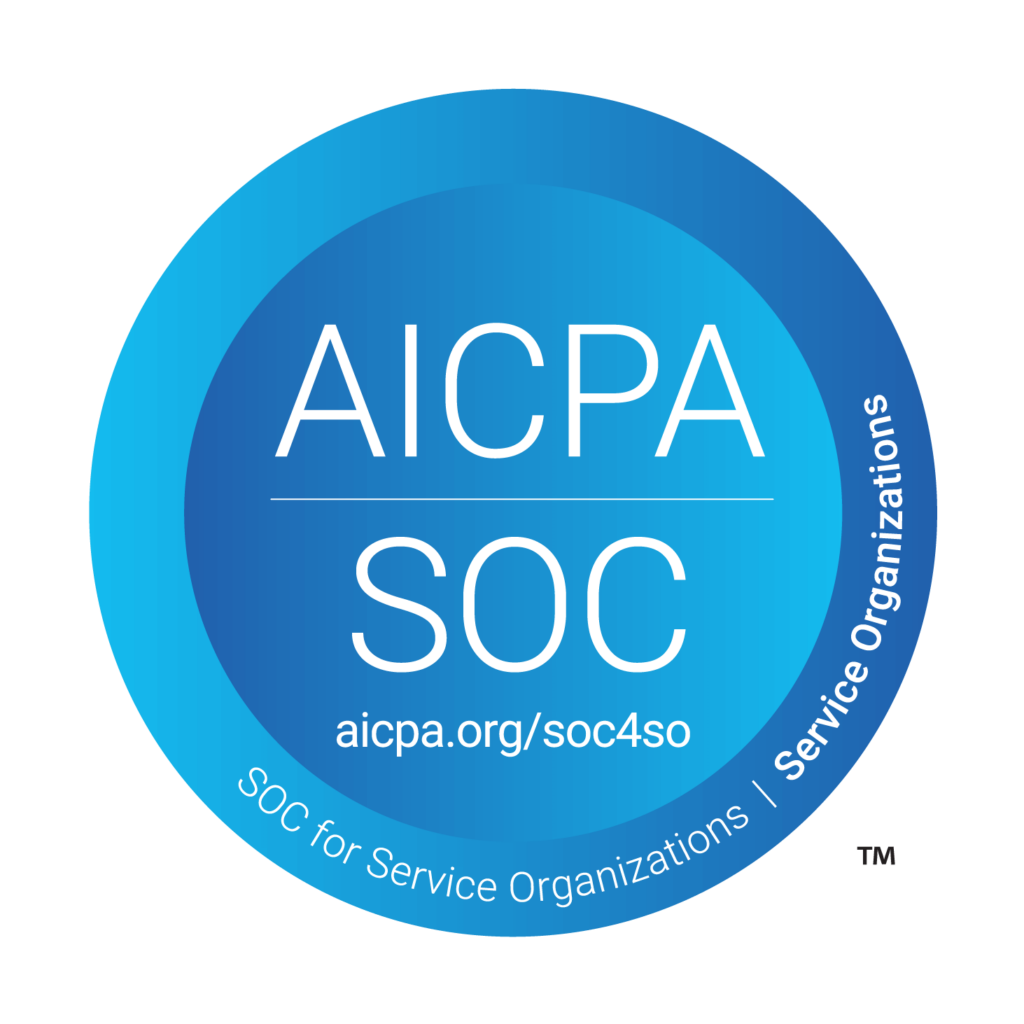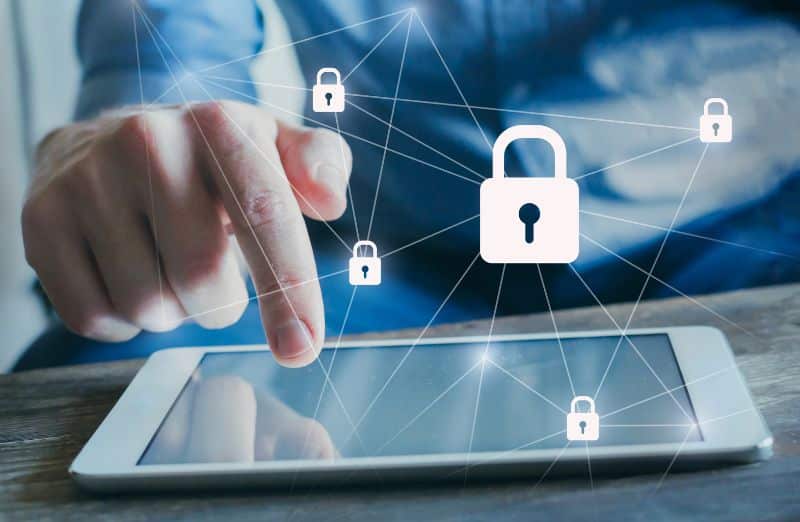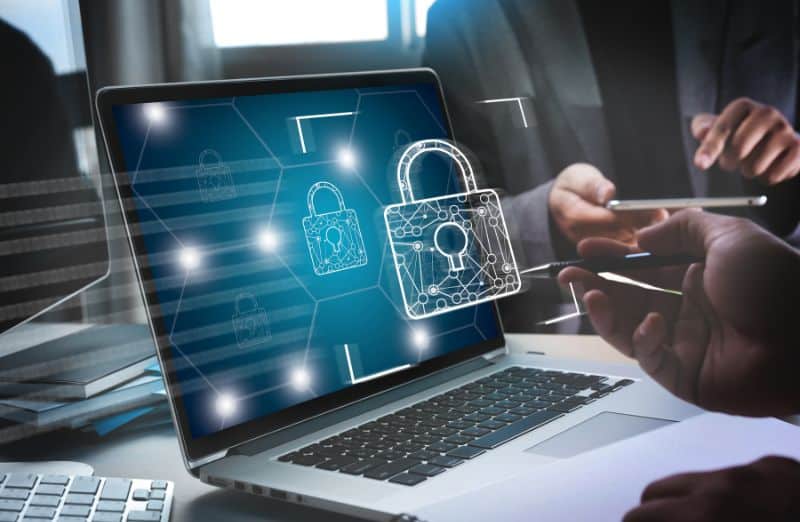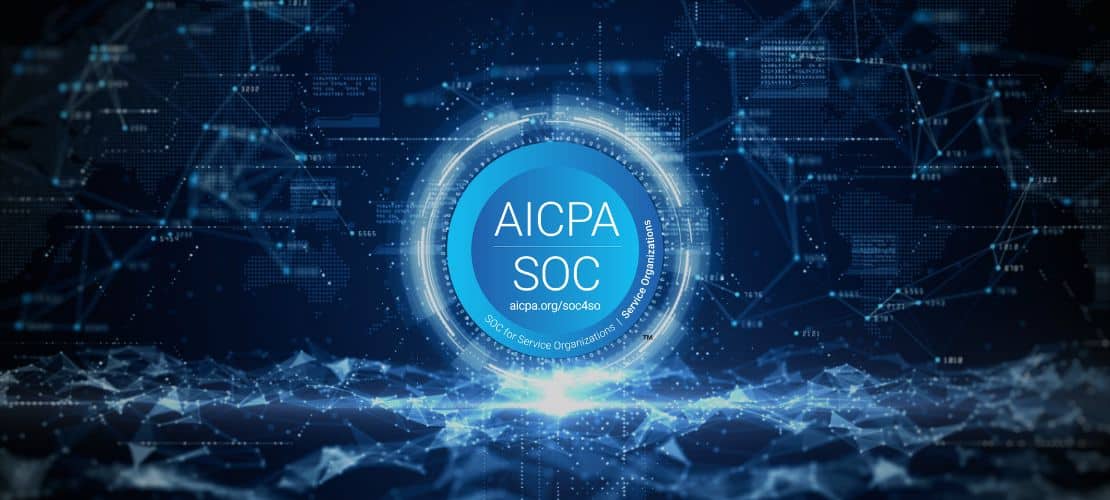Understanding SOC 2
SOC 2 is a security framework designed to help service organizations, including SaaS providers, protect customer data from unauthorized access, security incidents, and other vulnerabilities. Developed by the American Institute of Certified Public Accountants (AICPA), SOC 2 is based on five Trust Services Criteria (TSC): security, availability, processing integrity, confidentiality, and privacy.
By achieving SOC 2 compliance, SaaS companies can demonstrate their commitment to data security and build trust with their customers. This is particularly important for SaaS providers that handle sensitive data, as it helps to mitigate security risks and prevent security breaches. SOC 2 compliance involves evaluating an organization’s controls to ensure they effectively protect customer data and comply with the Trust Services Criteria.
SOC 2 Type II: The Security Badge Trusted by Leading SaaS Companies


When it comes to proving your product’s security readiness, nothing beats SOC 2 Type II. At Spinify, we’ve aligned our security practices with those of world-class SaaS giants like HubSpot, Salesforce, and Slack. Why? Because our customers demand it—and they deserve the best. Opting for a Type II report can save time and money by consolidating the auditing process into a single review, especially since many customers expect this level of assurance. Achieving SOC 2 compliance not only aids in establishing robust internal security controls but also builds trust with clients, who require assurance that their sensitive data is being properly managed and safeguarded.
SOC 2 Type II audits assess the operating effectiveness of security controls over a sustained period, providing a deeper level of assurance to customers regarding data security.
Unlike ISO 27001, which focuses on policy documentation, SOC 2 Type II dives deep into real-world performance. It requires companies to not just state their security measures but prove—through live evidence over a sustained period—that these controls are consistently followed and effective.
Built for SaaS, by SaaS
SOC 2 Type II has become the de facto standard for SaaS companies in the U.S. and Australia. It’s not just a checkbox—it’s a living, breathing framework that was built for:
- Cloud platforms
- API-driven services
- Real-time data handling
Achieving SOC 2 compliance is crucial for any SaaS product to ensure data security and build customer trust.
This is why global leaders like Zoom, Notion, Datadog, and Asana put their trust in SOC 2. And it’s why Spinify does too. Achieving SOC 2 compliance enhances customer trust by providing credibility and reassuring clients about the company’s security measures.
The Proof Is in the Practice
What sets SOC 2 Type II apart is the type of audit it requires. Instead of verifying the existence of policies, it audits how well those controls perform in daily operations across a timeline of several months.
SOC 2 allows organizations to develop their own controls tailored to their specific business practices and have these verified by independent auditors.
SOC 2 compliance is based on trust principles, which include criteria such as security, availability, processing integrity, confidentiality, and privacy. These principles serve as a framework for how organizations manage customer data and maintain effective security controls, emphasizing the importance of audits and ongoing compliance to build trust with clients and regulators.
- Live Evidence: SOC 2 mandates continuous monitoring.
- External Validation: Annual audits ensure compliance isn’t just a one-time thing.
- Operational Transparency: Buyers get visibility into how we protect their data in real time.
In contrast, ISO 27001 is often refreshed every three years and may not even require proof of daily operations.
SOC 2 Audit Process
The SOC 2 audit process involves a thorough examination of an organization’s internal controls and security measures to ensure they meet the requirements of the Trust Services Criteria. The audit is typically performed by a certified public accountant (CPA) firm and involves several steps, including a readiness assessment, evidence collection, and fieldwork.
The final report provides an opinion on the organization’s compliance with SOC 2 requirements, which can be used to build trust with customers and business partners. For SaaS companies, the SOC 2 audit process can be complex, but it is essential for protecting customer data and demonstrating a commitment to security.
Trust Service Criteria
The Trust Service Criteria are the foundation of the SOC 2 framework and are designed to assess the security, availability, processing integrity, confidentiality, and privacy of an organization’s systems and data. Organization controls are essential for meeting the Trust Service Criteria, as they provide guidelines for evaluating security protocols and maintaining the privacy of sensitive customer data.


The criteria are divided into five categories, each with its own set of requirements and guidelines. For example, the security category requires organizations to implement controls to protect against unauthorized access, while the availability category requires organizations to ensure that their systems are accessible and functioning as expected. By meeting these criteria, SaaS providers can ensure that their systems and data are secure, available, and processed with integrity.
ISO 27001: Paper Promises vs. Practical Proof
ISO 27001 is still prevalent, especially in Europe and among legacy enterprises like banks and telcos. But for modern SaaS companies, it’s often not enough.
- Popular in Traditional IT: Designed with paper-heavy processes in mind.
- Weaker Buyer Confidence: Many SaaS buyers don’t even ask about ISO.
- Lower Audit Rigor: May pass with just theoretical policies, not practical implementation.
While some of our competitors may rely solely on ISO, Spinify believes in going further—for your peace of mind. SOC 2 compliance not only enhances security but also offers other benefits such as improved operational efficiency and customer trust. While SOC 1 audits focus on internal controls over financial reporting, SOC 2 audits focus on information security and operational integrity.
Privacy Category and SOC 2


The privacy category is one of the five Trust Service Criteria and is designed to assess an organization’s ability to protect sensitive customers data. This includes ensuring that personal identifiable information (PII) is collected, used, and disclosed in accordance with relevant laws and regulations. For SaaS providers, the privacy category is particularly important, as they often handle large amounts of sensitive customer data. By meeting the requirements of the privacy category, SaaS companies can demonstrate their commitment to protecting customer data and build trust with their customers.
On-Premise vs Cloud Security


When it comes to security, there are several differences between on-premise and cloud security. On-premise security refers to the security measures implemented within an organization’s own premises, while cloud security refers to the security measures implemented by a cloud provider to protect their infrastructure and customer data. For SaaS companies, cloud security is often the preferred option, as it allows them to take advantage of the scalability and flexibility of the cloud while also benefiting from the security expertise of the cloud provider.
Effective application security is essential for compliance with SOC 2, particularly in cloud and SaaS environments. However, on-premise security can also be effective, particularly for organizations that require a high level of control over their security measures. Ultimately, the choice between on-premise and cloud security will depend on the specific needs and requirements of the organization.
Service Organizations and Data Security
Service organizations, including SaaS providers, handle sensitive customer data on a daily basis. As such, they are responsible for implementing robust security controls to protect this data from security breaches and cyber threats. SOC 2 compliance is essential for service organizations, as it provides a framework for ensuring the security, availability, and processing integrity of customer data.
By implementing SOC 2 controls, service organizations can reduce the risk of security incidents and protect their customers’ sensitive information. This is particularly important for SaaS companies, which often handle large amounts of customer data and must demonstrate their commitment to data security in order to build trust with their customers.
Why Buyers Trust SOC 2
Ask any modern SaaS buyer what they expect in 2025, and the answer is SOC 2 Type II. For any service organization that stores, processes, or transmits customer data, SOC 2 compliance is crucial for building trust with customers. It’s not just a preference; it’s a requirement. ISO may still satisfy the traditionalists, but SOC 2 is what today’s tech-forward organizations recognize and respect. SOC 2 offers flexibility in designing controls, unlike the rigid requirements of frameworks like PCI DSS and ISO 27001.
By meeting this rigorous standard, Spinify offers the same level of data security assurance as the platforms you already trust with your most valuable assets.
The Spinify Standard
At Spinify, we don’t settle for “good enough.” We pursue the gold standard. That’s why we’ve earned SOC 2 Type II certification—not to just look secure, but to be secure in practice. SOC 2 compliance is also crucial for third-party vendors, especially in the SaaS and cloud-computing sectors, to protect sensitive data from breaches and maintain trust with their clients.
The next generation of SaaS will enhance efficiency and cost-effectiveness, providing sophisticated solutions for modern business environments.
SOC 2 Type II is what the top SaaS companies use. ISO 27001 looks good on paper, but SOC 2 proves security works in practice. If it’s good enough for HubSpot, Salesforce, and Slack — it’s more than enough to trust Spinify.
SOC 2 Type II and Continuous Improvement
One of the unique strengths of SOC 2 Type II is its requirement for continuous monitoring and regular reassessment. This keeps organizations on their toes and drives real improvement rather than just compliance. Obtaining a SOC 2 report can save time for organizations by serving as a more efficient alternative to completing extensive and time consuming security surveys.
- Always On: Spinify’s controls aren’t just reviewed once—they’re constantly evaluated.
- Annual Audits: Independent validation every year ensures our security posture evolves with emerging threats.
- Security as Culture: By aligning with SOC 2, we’ve embedded security into the DNA of our day-to-day operations.
This approach ensures we’re not only compliant but consistently improving our defenses to meet new challenges.


How SOC 2 Benefits Our Customers
Ultimately, the benefit of SOC 2 Type II certification extends beyond Spinify. It’s a promise to our customers that their data is protected with the same rigor as the tech titans they already trust. SOC 2 compliance is particularly beneficial for small businesses and startups, helping them scale and secure larger deals by demonstrating effective data security measures.
- Customer Trust: Buyers can confidently integrate Spinify into their workflows.
- Sales** Acceleration**: Fewer questions and faster security reviews during procurement.
- Risk Mitigation: Peace of mind knowing Spinify meets the highest standards of SaaS security.
With SOC 2 Type II, we’re not just checking boxes—we’re investing in the long-term trust of our users.
Designed for SaaS Solutions and Modern Workflows
SOC 2 Type II is purpose-built for today’s dynamic SaaS ecosystem, where applications are cloud-native, data flows rapidly across services, and multiple users access platforms simultaneously. Software as a service (SaaS) is significant for organizations that manage data remotely because it eliminates the need for hardware maintenance, enables easy access from different locations, and enhances collaboration among users, which is crucial in a modern ‘work-from-anywhere’ culture. Traditional software models, which ISO 27001 better suits, were not designed for the complexities and velocity of modern SaaS solutions.


- Support for SaaS Applications: SOC 2 directly addresses the challenges of securing cloud-based, always-on applications.
- Multi-User Environments: The framework ensures robust access controls and activity monitoring for platforms used by diverse teams.
- Legacy vs. Innovation: ISO 27001 fits traditional software with slower update cycles and limited integrations, while SOC 2 adapts to fast-moving SaaS operations.
For Spinify, built as a SaaS-first platform, SOC 2 isn’t just a compliance measure—it’s a strategic advantage tailored to how modern teams work, collaborate, and scale.
Security That Matches Your Expectations
When you’re choosing a SaaS vendor, demand more than promises—demand proof. Spinify delivers the same level of security as the SaaS giants you already rely on. Implementing robust security controls is crucial in maintaining trust with customers by safeguarding their data.
A SOC 2 Type I audit evaluates controls at a single point in time, while a SOC 2 Type II audit assesses controls over a more extended period.
Ask any modern SaaS buyer what they expect — it’s SOC 2. ISO is fine for old-school IT vendors. Spinify’s security meets the same standard as the companies you already trust with your data.
Are you ready to elevate your engagement with a reliable gamification solution? Experience the security you can count on—schedule a demo with Spinify today!


